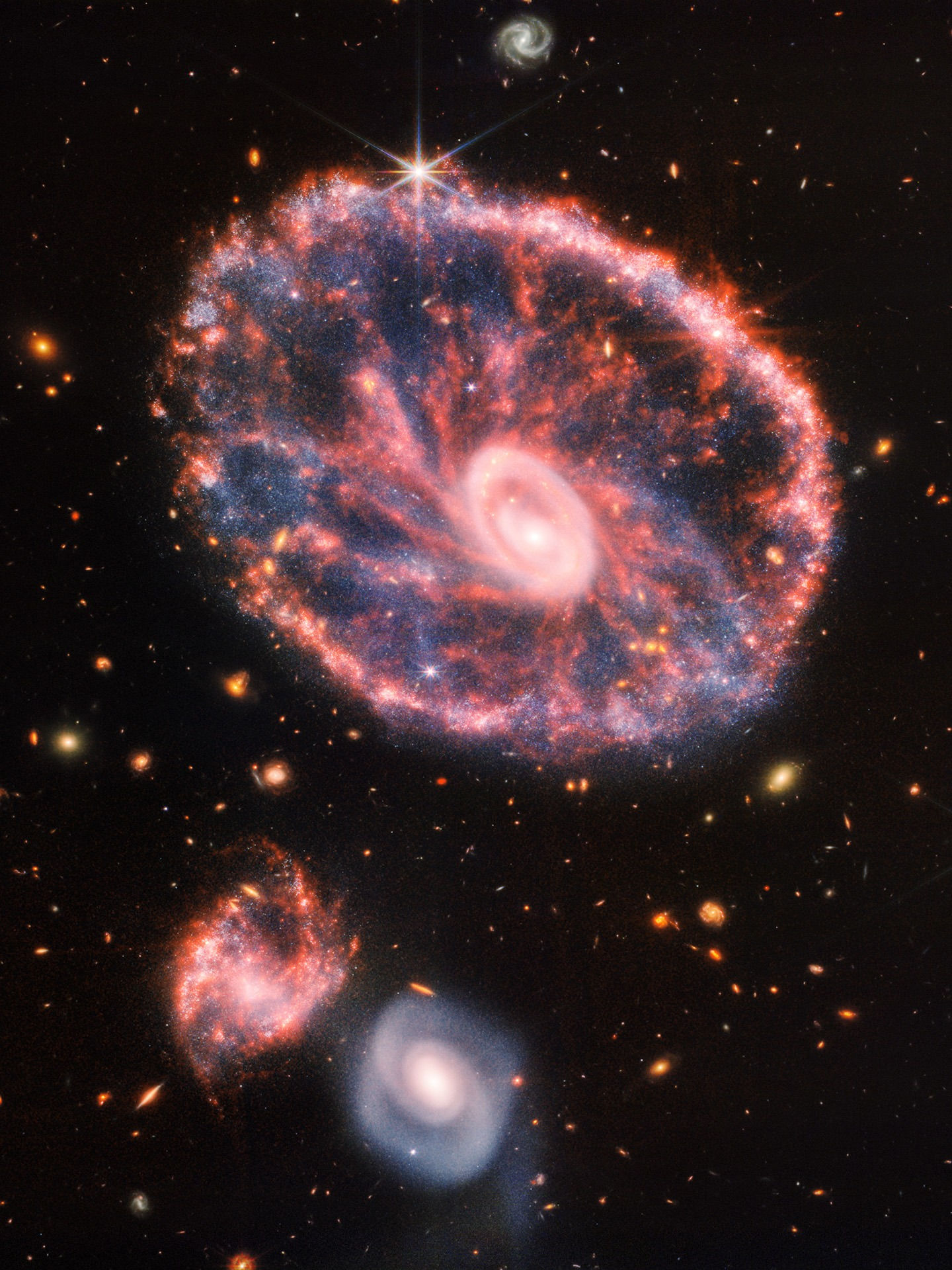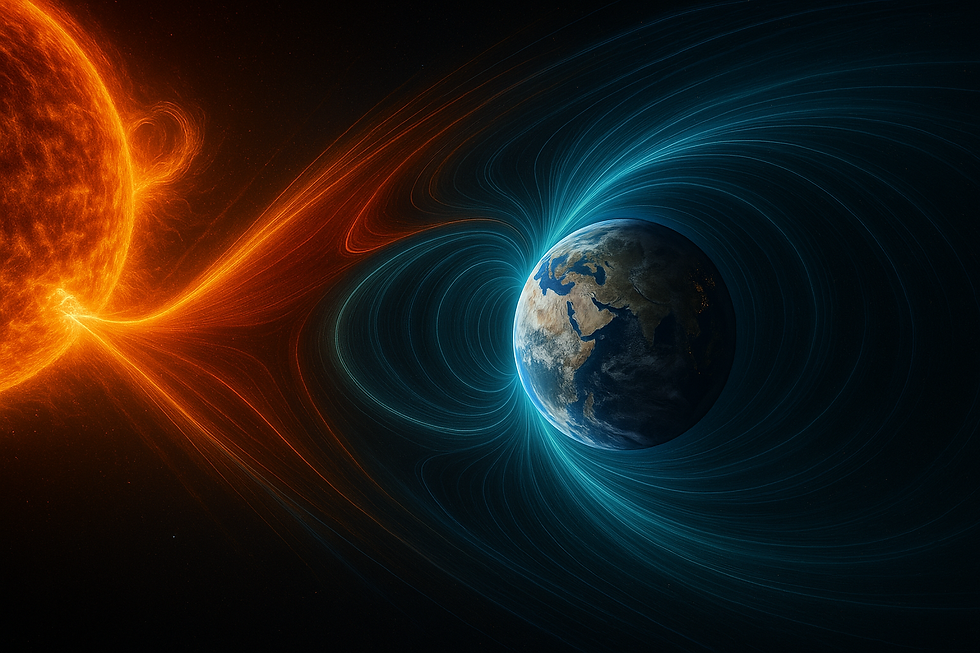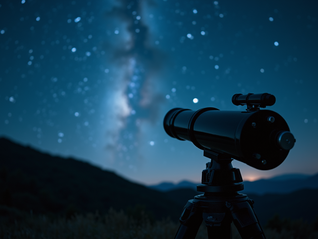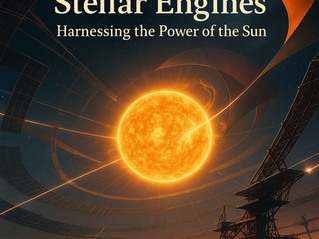The Search for Alien Life: Science’s Greatest Question
- Mr_Solid.Liquid.Gas
- Oct 28
- 3 min read

Are we alone?
It’s the simplest question with the deepest implications.
Over the past three decades, science has shifted this from philosophy to testable hypotheses.
With thousands of confirmed exoplanets, sophisticated telescopes, and new techniques for probing atmospheres, the hunt for life is entering a decisive phase.
This article explores how astronomers read the faintest clues from distant worlds, how radio telescopes listen for engineered signals, what Earth’s own extremophiles teach us, and what missions are coming next.
The answer may still be distant—but the methods are sharper than ever.
Exoplanet Atmospheres

Planets are small, dim, and swamped by the glare of their host stars.
Yet by watching a planet transit—slip in front of its star—astronomers can measure how starlight filters through the planetary atmosphere.
Different molecules absorb at specific wavelengths, leaving tell‑tale fingerprints in the spectrum.
This ‘transmission spectroscopy’ can reveal water vapor, methane, carbon dioxide, and other gases that sketch a world’s chemistry and climate.
No single gas proves life.
Instead, researchers look for disequilibrium—combinations that should not persist without continual replenishment.
On Earth, oxygen coexists with methane because biology constantly refreshes both. Future observations aim to detect such paired signals, alongside surface indicators like haze properties and potential ocean glint.
The roadmap moves from hot Jupiters to temperate super‑Earths and, eventually, Earth‑sized planets in the habitable zones of quiet, nearby stars.
SETI and the Radio Search

While biosignatures hint at life’s chemistry, technosignatures look for engineered phenomena—narrowband radio beacons, laser flashes, or artificial modulations.
The Search for Extraterrestrial Intelligence (SETI) has matured from brief, narrow surveys to systematic, multi‑band campaigns using arrays with wide field‑of‑view and high spectral resolution.
Modern pipelines leverage machine learning to filter interference and sift rare candidates from terabytes of data.
Technosignature searches extend beyond radio.
Astronomers examine infrared sky maps for excess waste heat from hypothetical megastructures and monitor stars for unnatural, periodic dimming.
Even null results are informative: they constrain how common certain technologies might be and refine where we should look next.
Extremophiles on Earth

Life on Earth occupies niches once thought impossible—boiling hydrothermal vents, acidic rivers, subglacial lakes, and high‑radiation deserts.
These extremophiles expand the known envelope of habitability and offer biochemical strategies for surviving conditions found on Mars, Europa, Enceladus, or Titan.
Heat‑loving archaea thrive on chemical energy alone; radiation‑resistant microbes repair shattered DNA; halophiles tolerate brines akin to Martian salts.
Studying these organisms helps mission planners design instruments, sample protocols, and contamination controls.
It also informs the search for ‘life as we don’t (yet) know it’—biochemistries that still obey physics and chemistry but differ from Earth’s standard template.
Future Missions for Life Detection

The near future is crowded with missions that target habitability and biosignatures. Icy‑moon explorers will probe subsurface oceans through radar, magnetometers, and plume sampling.
Next‑generation space telescopes will capture spectra of small, cool planets and directly image nearby worlds.
On Mars, sample‑return plans aim to deliver carefully curated rocks to Earth’s best laboratories, preserving delicate organics and isotopic clues.
Crucially, these efforts are coordinated: orbital scouts map promising sites, landers test instruments, and follow‑ups commit to the most compelling leads.
Whether the first breakthrough is a subtle atmospheric imbalance or a clear chemical signature in an ocean plume, the chain of evidence will be built step by step.
Conclusion

Finding life elsewhere would reshape biology, philosophy, and our sense of responsibility in the cosmos.
But even a prolonged silence is meaningful—it tells us something profound about the rarity of minds or the fragility of habitable conditions.
Either way, the search is worth pursuing with rigor and humility.
For the first time, we have the technology to turn a timeless question into a scientific program.
The universe is no longer just a backdrop; it is a laboratory.












































































































Comments